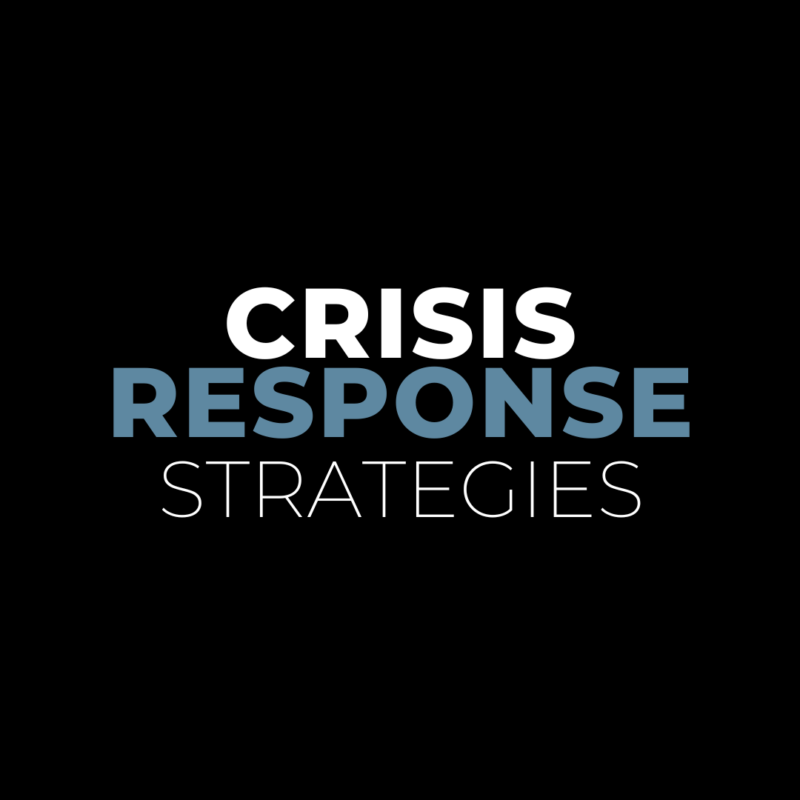Pixel perfect no longer?
When it comes to data privacy online, my personal theme song would be Uncle Kracker’s “Follow Me.” I keep no secrets. My search history would align perfectly with a marketer’s guesses about my browsing data. Maybe it’s because I’ve seen behind the curtain. I know how retargeting campaigns work: I’ll probably be served ads for products that actually interest me if I search for and click on the right things. My daughter has an adorable wardrobe to prove the efficacy of such campaigns.
I’m a digital marketer’s dream, but I am absolutely in the minority. Since Apple changed its tracking opt-in policy with iOS 14, only 4% of users have stated that they want to be followed across the internet for marketing purposes. A staggering 96% of people told Facebook, Google and all other online lurkers to get off their lawn.
Since the Apple switch in spring of this year, marketers have been closely monitoring the impacts on social media advertising campaigns, specifically those on Facebook that rely on the company’s previously beloved Pixel program. Previously, Pixels could be embedded to the backend of a business’s website. The snippet of code would connect to Facebook advertising, and could then be used to collect data and launch subsequent advertisements. If you’ve ever clicked on an ad from Facebook, put something in your cart and then saw an ad for that exact same product on Instagram, the initial ad you clicked was likely connected to a Pixel.
But things are no longer Pixel perfect. Data reporting has slowed, results are less reliable and retargeting campaigns are showing fewer hits. The overall impact on Pixels is yet to be determined, but there is enough of a downward slope on ROI that communication professionals are starting to seek alternative avenues for advertising. So, what can you do to rectify or explore new online and social media advertising campaigns?
Know your audience.
Did you know that you can determine whether a person visits your site from an Android vs an iPhone within Google Analytics? If you didn’t, go into your data and look! If a majority of your users are accessing your site from Androids, all I’ve said above is moot. Pixel away. These users are not receiving the same opt-out messages as iPhone users. Understanding who your audience is and how they engage with your business is step one in developing a successful digital or social media marketing campaign.
Create custom lists.
Want to ensure you get in front of someone? Create a pathway for them to willingly submit their information. Almost every website you visit will prompt you to submit an email address for a 10% discount off your first purchase. Your email is more valuable to them than that 10% discount because you have just given the company permission to email you AND serve you ads on social media. That creates a pathway to future sales and repeat purchases.
One of the most reliable ways to reach people through social media advertising is to upload custom lists. On Facebook and Instagram, you can input email addresses, phone numbers and addresses you collect into a marketing list and then serve those people ads directly. It’s not exactly the same as following someone using a Pixel, but it is a way to create ads that speak to more qualified leads.
An added bonus with custom lists – once your list is large enough, Facebook can target people who “look like” those on your list. If the data you upload consists mostly of suburban fathers who participate in little league sports, Facebook can tell. They can use that information to serve your ads to other suburban fathers who may not know about you yet. Pretty neat!
Go back to the browser.
The iOS update does not impact MacOS users. In layman’s terms, you can track people on their laptop or desktop computers but not on their iPhones or iPads. Working with digital marketing companies to develop campaigns that are more likely to come across a person’s computer can help increase campaign success.
This strategy won’t work for every business, though. Closely check your site’s analytics before launching a campaign like this. If a majority of your traffic comes from mobile users you may not see results.


